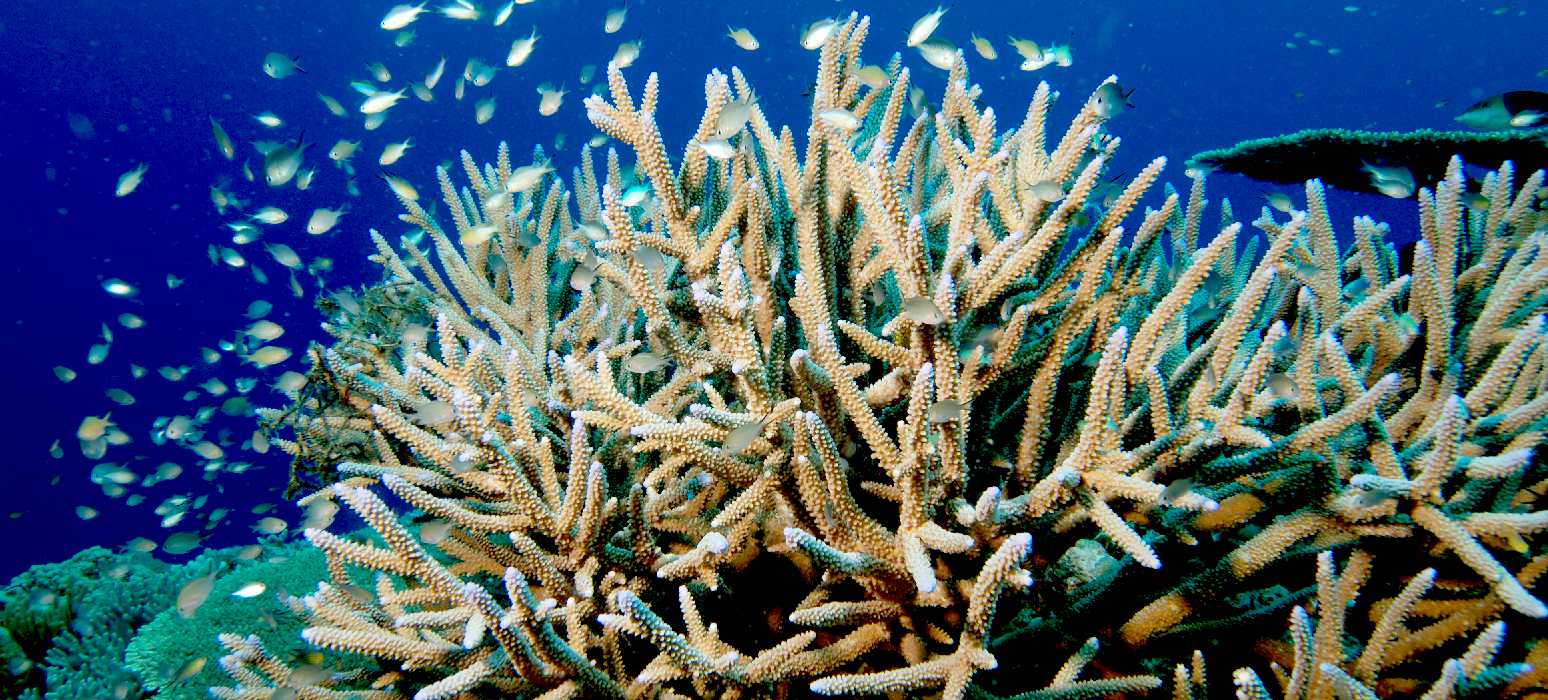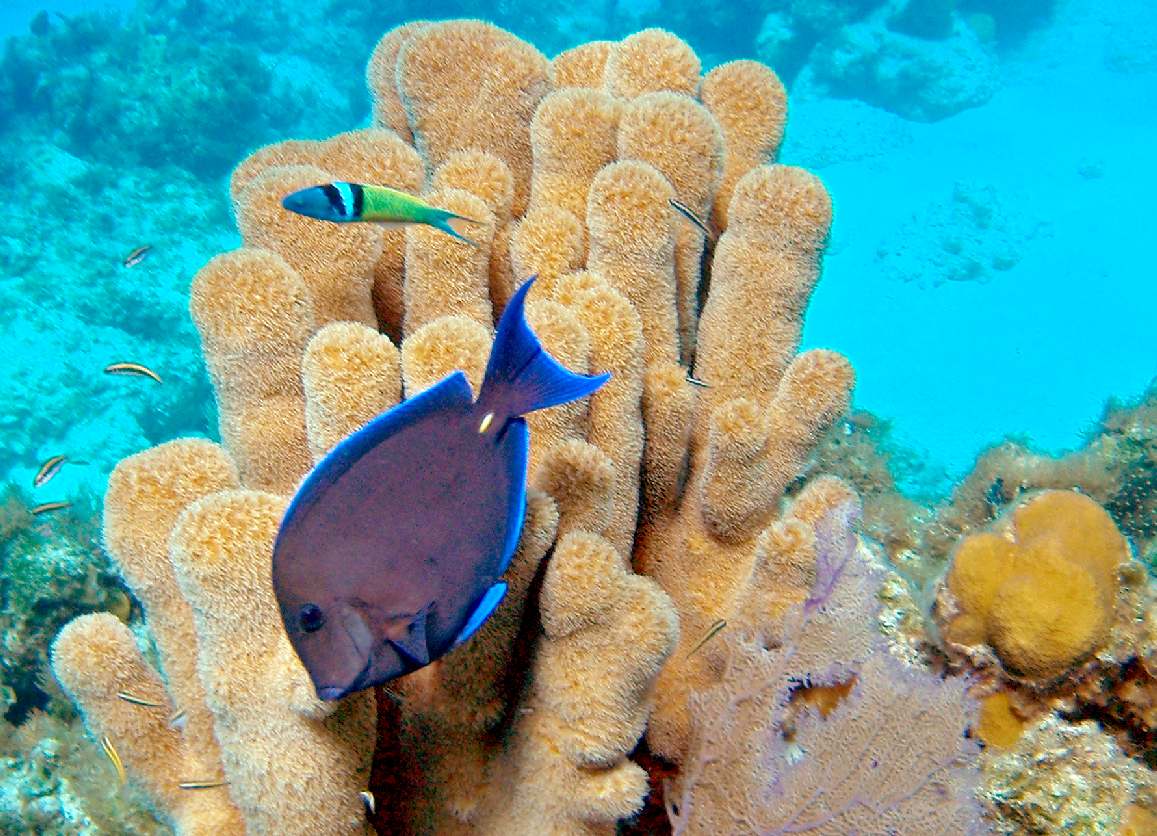|

Coral
TELEGRAPH
9 JUNE 2016
Coral reefs have almost always been studied up close, by scientists in the water looking at small portions of larger reefs to gather data and knowledge about the larger ecosystems. But Nasa’s Jet Propulsion Laboratory is taking a step back and getting a wider view, from about 23,000 ft above.
Nasa and top scientists from around the world are launching a three-year campaign on Thursday to gather new data on coral reefs like never before.
Using specially-designed instruments mounted on high-flying aircraft, the scientists plan to map large swaths of coral around the world in hopes of better understanding how environmental changes are impacting these delicate and important ecosystems.
The researchers hope to discover how environmental forces including global warming, acidification and pollution impact coral reefs in different locations by creating detailed images of entire reef ecosystems.
“CORAL (Coral Reef Airborne Laboratory) is an airborne mission to survey reefs at select locations across the Pacific,” Bermuda Institute of Ocean Sciences’ Eric Hochberg, who is principal investigator for the project, told the Associated Press.
“The idea is to get a new perspective on coral reefs from above, to study them at a larger scale than we have been able to before, and then relate reef condition to the environment.” Hochberg and the project’s lead Nasa scientist Michelle Gierach were in Oahu, Hawaii’s Kaneohe Bay to gather baseline data in the water.
While the primary science will be conducted using instruments that map the sea floor from above, the team must also take baseline measurements in the ocean to validate the data they get from the air, Gierach said. Her main role in the project is to decipher the data gathered from the aircraft.
“PRISM, the instrument that we’re using ... is the state-of-the-art instrument for addressing coastal and in-water science questions,” Gierach said. “CORAL wouldn’t be possible without an instrument like PRISM, it’s really the heart and soul of the project.”
Coral reefs drive many tourist economies around the world, but they provide much more than pretty places to dive and snorkel, Gierach said. Reefs are critical habitat for the majority of the fish humans consume and also protect shorelines from dangerous storm surges and rising ocean levels.
Recently scientists have developed pharmaceutical applications from coral reefs, including pain killers that aren’t habit forming, Hochberg said.
“Just realizing that though you may not see a coral, that you may not have your backyard be within this beautiful environment that we’re in right now, corals are impacting you, they are globally important,” Gierach said. “We have to understand how they’re changing so we can make some managed decisions about their future.”
Reefs are among the first ecosystems to be dramatically and directly impacted by global warming, according to the researchers.
The International Society for Reef Studies Consensus Statement, published in 2015, said that over the past few decades, up to 50% of coral reefs have been “largely or completely degraded by a combination of local factors and global climate change.”
Julia Baum, assistant professor of biology at the University of Victoria in British Columbia, has done extensive research on coral reefs and said that the data gathered from this kind of project could prove highly valuable for international reef scientists and the conservation community.
“I’m a huge proponent of open source data,” Baum said. “To me, the application of this technology to coral reefs holds great promise, but to fulfill that promise the data has to be made openly available to the scientific community.” The CORAL researchers said all data will be publicly available and will take about six months to process once captured.
Baum acknowledged that a lot of coral reef science has been limited by the lack of broad data sets like this project plans to provide.
“As scientific divers we’re limited by the depth we can work at and the amount of bottom time that we have while we’re diving, so much of underwater marine science, especially on coral reefs is a painstakingly slow process,” Baum said. “This Coral Reef Airborne Laboratory can’t replace scientists in the water, but it can provide a very high-level, complementary type of data.”
The CORAL team will study the reefs of Hawaii, Palau, the Mariana Islands, and Australia’s Great Barrier Reef over the next three years.
ABOUT
CORAL
Corals are marine invertebrates in the class Anthozoa of phylum Cnidaria. They typically live in compact colonies of many identical individual polyps. The group includes the important reef builders that inhabit tropical oceans and secrete calcium carbonate to form a hard skeleton.
A coral "group" is a colony of myriad genetically identical polyps. Each polyp is a sac-like animal typically only a few millimeters in diameter and a few centimeters in length. A set of tentacles surround a central mouth opening. An exoskeleton is excreted near the base. Over many generations, the colony thus creates a large skeleton that is characteristic of the species. Individual heads grow by asexual reproduction of polyps. Corals also breed sexually by spawning: polyps of the same species release gametes simultaneously over a period of one to several nights around a full moon.
Although some corals can catch small fish and plankton, using stinging cells on their tentacles, most corals obtain the majority of their energy and nutrients from photosynthetic unicellular dinoflagellates in the genus Symbiodinium that live within their tissues. These are commonly known as zooxanthellae and the corals that contain them are zooxanthellate corals. Such corals require sunlight and grow in clear, shallow water, typically at depths shallower than 60 metres (200 ft). Corals are major contributors to the physical structure of the coral reefs that develop in tropical and subtropical waters, such as the enormous Great Barrier Reef off the coast of Queensland, Australia.
Other corals do not rely on zooxanthellae and can live in much deeper water, with the cold-water genus Lophelia surviving as deep as 3,000 metres (9,800 ft). Some have been found on the Darwin Mounds, north-west of Cape Wrath, Scotland. Corals have also been found as far north as off the coast of Washington State and the Aleutian Islands.
REEFS
Many corals in the order Scleractinia are hermatypic, meaning that they are involved in building reefs. Most such corals obtain some of their energy from zooxanthellae in the genus Symbiodinium. These are symbiotic photosynthetic dinoflagellates which require sunlight; reef-forming corals are therefore found mainly in shallow water. They secrete calcium carbonate to form hard skeletons that become the framework of the reef. However, not all reef-building corals in shallow water contain zooxanthellae, and some deep water species, living at depths to which light cannot penetrate, form reefs but do not harbour the symbionts.
There are various types of shallow-water coral reef, including fringing reefs, barrier reefs and atolls; most occur in tropical and subtropical seas. They are very slow-growing, adding perhaps one centimetre (0.4 in) in height each year. The Great Barrier Reef is thought to have been laid down about two million years ago. Over time, corals fragment and die, sand and rubble accumulates between the corals, and the shells of clams and other molluscs decay to form a gradually evolving calcium carbonate structure. Coral reefs are extremely diverse marine ecosystems hosting over 4,000 species of fish, massive numbers of cnidarians, molluscs, crustaceans, and many other animals.
THREATS
Coral reefs are under stress around the world. In particular, coral mining, agricultural and urban runoff, pollution (organic and inorganic), overfishing, blast fishing, disease, and the digging of canals and access into islands and bays are localized threats to coral ecosystems. Broader threats are sea temperature rise, sea level rise and pH changes from ocean acidification, all associated with greenhouse gas emissions. In 1998, 16% of the world's reefs died as a result of increased water temperature.
Approximately 10% of the world's coral reefs are dead. About 60% of the world's reefs are at risk due to human-related activities. The threat to reef health is particularly strong in Southeast Asia, where 80% of reefs are
endangered. Over 50% of the world's coral reefs may be destroyed by 2030; as a result, most nations protect them through environmental laws.
In the Caribbean and tropical Pacific, direct contact between ~40–70% of common seaweeds and coral causes bleaching and death to the coral via transfer of lipid-soluble
metabolites. Seaweed and algae proliferate given adequate nutrients and limited grazing by herbivores such as parrotfish.
Water temperature changes of more than 1–2 °C (1.8–3.6 °F) or salinity changes can kill some species of coral. Under such environmental stresses, corals expel their Symbiodinium; without them coral tissues reveal the white of their skeletons, an event known as coral bleaching.
Submarine springs found along the coast of Mexico's Yucatán Peninsula produce water with a naturally low pH (relatively high acidity) providing conditions similar to those expected to become widespread as the oceans absorb carbon dioxide. Surveys discovered multiple species of live coral that appeared to tolerate the acidity. The colonies were small and patchily distributed, and had not formed structurally complex reefs such as those that compose the nearby Mesoamerican Barrier Reef System.

ACIDIFICATION
- ADRIATIC
- ARCTIC
- ATLANTIC - BALTIC
- BERING
- CARIBBEAN - CORAL - EAST
CHINA
ENGLISH CH
-
GOC - GUANABARA
- GULF
GUINEA - GULF
MEXICO
- INDIAN
-
IOC
-
IRC - MEDITERRANEAN -
NORTH SEA - PACIFIC
- PERSIAN GULF
RED
SEA - SEA
JAPAN - STH
CHINA - PLASTIC
- PLANKTON - PLASTIC
OCEANS - SEA
LEVEL RISE - UNCLOS
- UNEP
WOC
- WWF
AMAZON
- BURIGANGA - CITARUM - CONGO - CUYAHOGA
-
GANGES - IRTYSH
- JORDAN - LENA -
MANTANZA-RIACHUELO
MARILAO
- MEKONG - MISSISSIPPI - NIGER -
NILE - PARANA - PASIG - SARNO - THAMES
- YANGTZE - YAMUNA - YELLOW
LINKS
& REFERENCE
http://www.theguardian.com/environment/2016/jun/09/nasa-to-map-coral-reefs-from-the-air-to-show-impact-of-climate-change https://en.wikipedia.org/wiki/Coral
http://en.wikipedia.org/wiki/List_of_oil_spills
|

